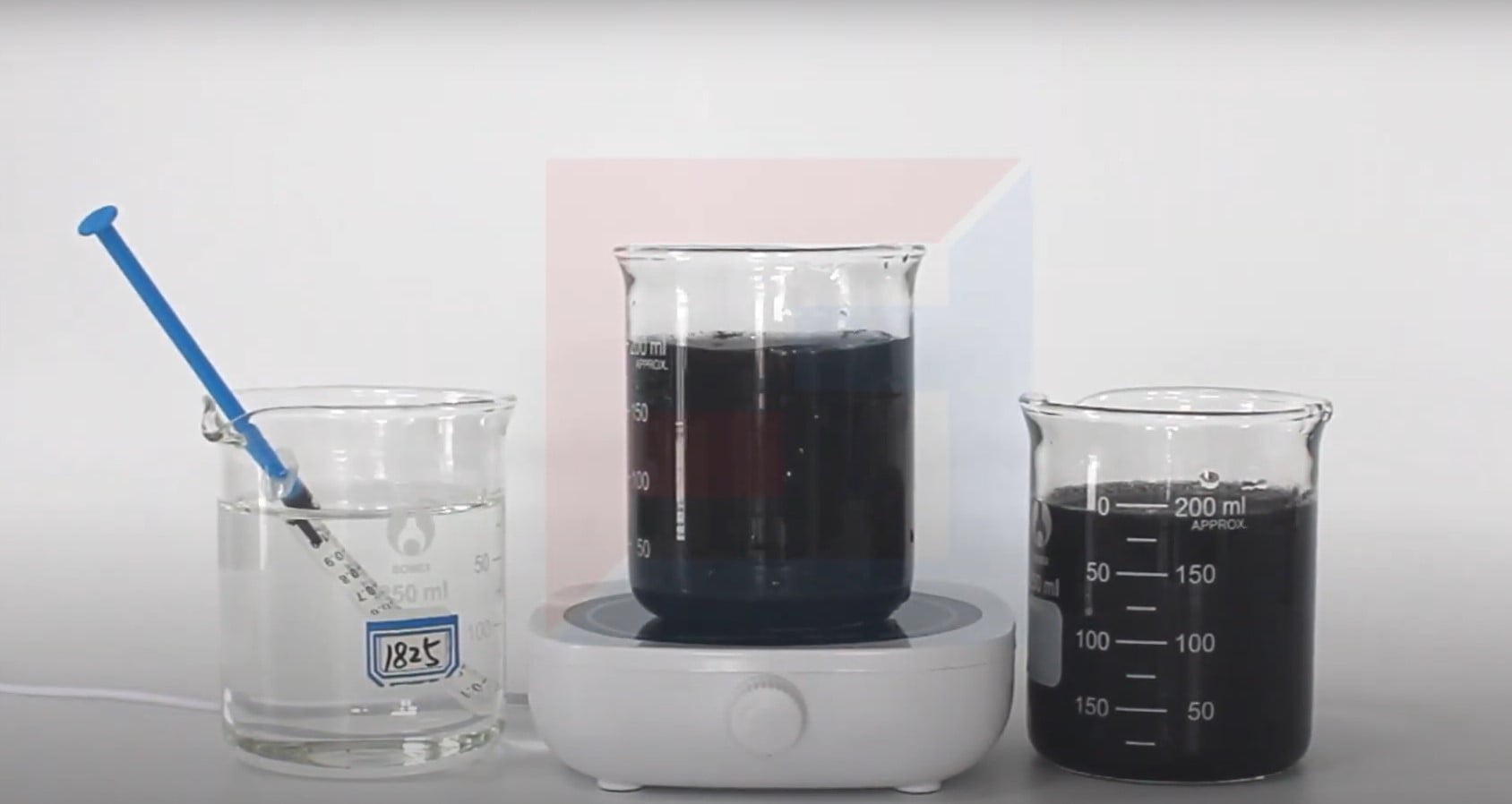Polyacrylamide for Paper Industry
I. Introduction
Polyacrylamide (PAM), as an important water-soluble polymer compound, is widely used in many industrial fields. Especially in the papermaking industry, PAM has become a more important additive due to its performance. This article will conduct an in-depth discussion of the application of PAM in the papermaking industry, including its uses, mechanism of action, use effects and development trends, with a view to providing reference for the sustainable development of the papermaking industry.
2. Basic properties of polyacrylamide
PAM is a linear polymer with good water solubility, stability and water absorption. According to the different functional groups contained in its molecular chain, PAM can be divided into three types: nonionic, anionic and cationic.
3. Application of polyacrylamide in paper industry
enhancer
As a reinforcing agent in the papermaking industry, PAM is mainly used to improve the strength and wear resistance of paper. During the papermaking process, PAM can form chemical bonds with paper fibers and increase the bonding force between fibers, thus improving the tensile strength, tear strength and wear resistance of paper.
Retention and filter aids
PAM can also be used as a retention and filter aid. PAM can form a network structure with fine fibers and filler particles, allowing it to better stay within the paper web during the paper forming process and reduce slurry loss. At the same time, PAM can also improve the water filterability of paper and improve the production efficiency of paper machines.
Dispersant
In the papermaking process, PAM can also be used as a dispersant to help improve the dispersion of fillers and pigments in the pulp. PAM can disperse filler and pigment particles in the pulp through the bridging effect of its polymer chain, preventing their aggregation and sedimentation, thereby improving the gloss and printing performance of the paper.
4. The mechanism of action of polyacrylamide
The function mechanism of PAM in the papermaking industry mainly includes the following aspects:
Bridging effect: The polymer chain of PAM can bridge paper fibers and filler particles to form a network structure, increase the bonding force between fibers, and improve the strength of the paper.
Charge neutralization: The functional groups on the PAM molecular chain can neutralize the charges on the surfaces of paper fibers and filler particles, reducing the electrostatic repulsion between them, which is beneficial to the combination of fibers and fillers.
Steric hindrance: The steric hindrance formed by the polymer chains of PAM in the pulp can prevent the aggregation and sedimentation of fibers and fillers, and facilitate their uniform dispersion in the pulp.

5. Effects of using polyacrylamide
Using PAM in the paper industry can bring the following effects:
Improve paper strength: PAM can increase the bonding force between paper fibers and improve the tensile strength, tear strength and wear resistance of paper.
Improve the water filterability of paper: PAM can improve the water filterability of paper and increase the production efficiency of the paper machine.
Improve paper gloss and printing performance: PAM is used as a dispersant, which can improve the dispersion of fillers and pigments in paper pulp and improve paper gloss and printing performance.
